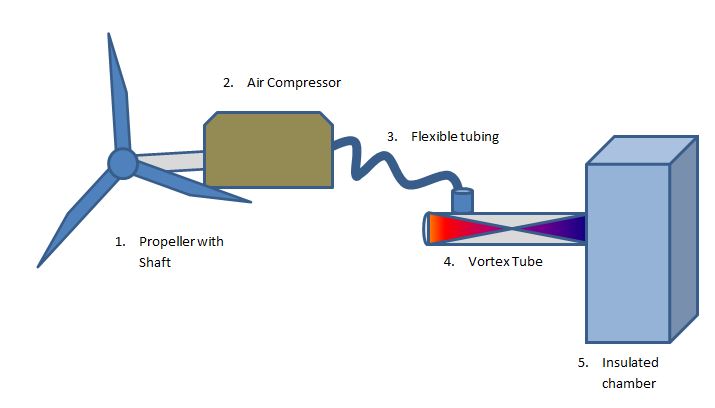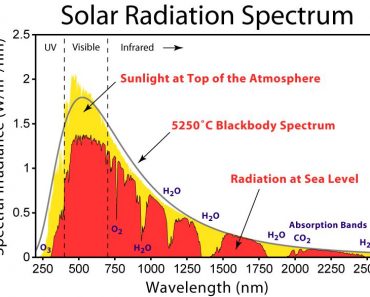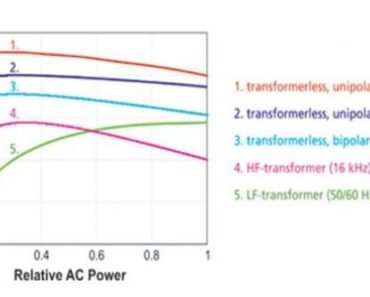Both Green Arrow and Slade Wilson (Aka Deathstroke) are immensely popular characters in the DC franchise, even Deadshot has a cult following. What’s common between the them? It is the ability to shoot projectiles with precision.
Shooting accuracy is a skill that is not easy to developed particularly if you don’t have the feel for the science of projectiles. Which is exactly what we will unpack in this article
The range of any projectile be it a bullet or an arrow is dependent upon two things. The initial velocity imparted to the projectile and the angle it is fired at. It is not well known fact that if a we have to make a projectile travel the farthest than it has to be thrown or shot at an angle of 45 degrees from the horizontal.
Athletes who throw the Javelin are aware of it. That is why they train their muscle to reach max speed while aiming for a close to 45 degree launch angle. Similarly artillery operating personnel also utilize this fact to their advantage.
The second factor regarding the range is the launch speed. If you look at the specifications for any firearm, you will find a factor called Chamber or Muzzle velocity. For pistols the muzzle velocity is relatively lower, for rifles, it is higher. For example a Pistol with 9 mm calibre rounds has a muzzle velocity of 396 m/s giving it an effective range of 50 m . By comparison an AK-47 has a muzzle velocity of 715 m/s giving it an effective range of 350 m. The Dragunov Sniper Rifle has a muzzle speed of 830 m/s and effective range of 800 m. The relationship for the range or distance and velocity is as follows
If we look at this equation it suggests that as the velocity increases, the range goes up considerably. This doesn’t take into account the effects of drag. Nonetheless the principle remains the same i.e. slight increase in velocity gives you considerable increase in range. The longest sniper kill, ever recorded was at a distance of 3450 m with a weapon McMillan TAC-50 rifle. The specifications indicate a muzzle speed similar to Dragunov i.e 805 m/s but the effective range for this gun is 1800 m i.e. more than double the range of Dragunov. This is due to different bullets used in both guns. This highlights that in addition to chamber speed, the aerodynamics of the bullet are extremely important for maximizing range and accuracy.
Wind also plays a vital role in increasing or decreasing the range and cross wind can also make a bullet or the arrow to drift. Fore wind can decrease the range while aft wind can immensely increase the range. Both wind speed and direction are factored in by sniper when taking a shot.
On a side note, did you know that there is a concept in physics which the rocket scientists call the escape velocity. It is the minimum speed needed for an object to escape from the gravitational influence of a planetary body. The escape velocity from Earth is about 11186 m/s (6.951 mi/s; 40,270 km/h; 25,020 mph) at the surface. That is if a projectile fired at this speed, it will require no extra energy for propulsion to escape the gravity of the earth and go into orbit.
Coming back to weapon projectiles, we have covered the maximum range so far. If we fire the projectile vertically upward, it will surely return because we don’t have a gun that can fire projectiles at escape velocity.
However, what speed will the projectile return is the question. Theoretically, if there wasn’t any air, and thus no air resistance and gravity was the only force acting on the bullet, than the projectile would return at the same speed as it was fired. In other words a bullet fired vertically would return at muzzle speed.
This is not the case in practice. The bullet or the projectile would face wind resistance as it goes up and as it returns. Air drag greatly reduces the speed. Infact, on its way back, a bullet would accelerate only till it reaches a certain velocity. Once that velocity is attained, its speed will increase no more. This peak velocity which a falling object cannot surpass is called terminal velocity and is because of the air drag. The more frontal area of the object, or the area that cuts into wind the lower will be the terminal velocity or the slower an object will fall to the ground. The terminal speed of a 0.3 calibre rifle bullets can attain is 92 m/s, which can kill a person.
The phenomenon of terminal velocity is very well known by the wingsuit pilots. The objective of the wingsuit is to reduce to terminal velocity to as low value as possible by increasing the surface area that cuts into the wind. This allows the base jumper more time in the air.
Now let’s look at the curving of projectile. Sometimes it is shown in the comics and movies that the gunslinger can curve a bullet particularly if it is fired with fast moving arms. This is untrue. The only thing moving arms can do is change the direction of the bullet at the time it is fired. Once the bullet is out of the gun, it is influenced by gravitational force and wind however the effects of both these factors are negligible at particularly at a close range.
When we talk about archery however, it is different. One can hit and arrow on a target that is hiding behind an object. In other words, an arrow can be curved. This fact has been recorded in archery books and is a skill that is hard to develop, but it does happen. Danish Archer Lars Anderson has popular Youtube videos where he shows in multiple settings how a curved arrow path can hit a target behind an obstacle.
The change in flight path for bullets can be achieved by ricochet. Although this phenomenon is not employed for intentionally changing the bullet path and is something happens accidentally, however in comics it is often shown otherwise. The chances of bullet ricochet are increased if it hits a hard surface and hits it at a shallow angle. There is also another factor called coefficient of restitution. This is a measure of conservation of momentum between two colliding surfaces. Its value has to be high between the bullet and the surface it is supposed to ricochet off. If the coefficient of restitution is low, the bullet is likely to penetrate the surface or cause a partial melt.
Interestingly bullets have a high tendency of ricochet if they hit the surface of water at a shallow angle, despite water not being a hard surface
This is similar to skimming stones, the ideal angle of is achieved if one throws it between 20 to 11 degrees from the horizontal.
Please feel free to share this article using the buttons below







